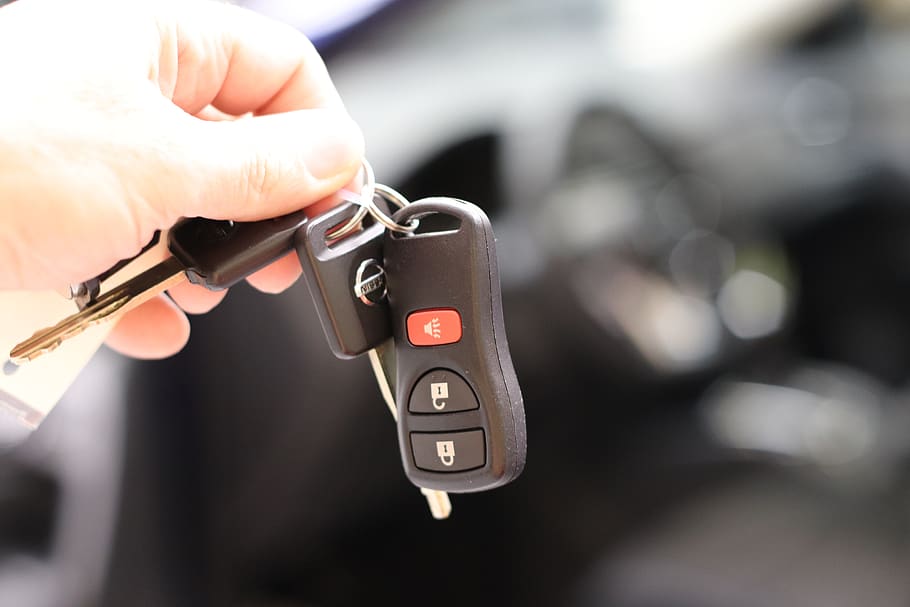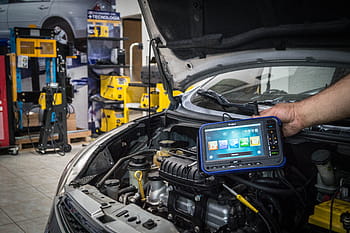66% of the world’s population drives on the right, while approximately 60 countries do so on the left. Spain belongs to the group of countries that drives in the right-hand lane, but you should know that this was not always the case. At the beginning of the 20th century, Madrid was driving on the left, until in 1924 a law was passed that forced Madrid drivers to drive on the right.
According to the indications that are had, everything indicates a time in history in which it was always circulated on the left. In Rome, it was like that, in 1988 a group of archaeologists discovered a path used by the Ancient Romans that found there was more significant wear on the left side than on the right. As revealed by the Traffic and Road Safety Magazine of the General Directorate of Traffic (DGT), it is logical to circulate on the left. Most of the people being right-handed, and during those days, the preferred method of transportation was on horseback. This means they had their right hand free to defend against a possible attack. Also, the horse carriages also moved to the left, because this way the coachmen could use the whip with the right hand while directing the horses with the left hand.
The arrival of Change
After the French Revolution (1789) and the subsequent arrival of Napoleon Bonaparte, many changes in Europe also affected circulation. The most significant change came when the march was imposed on the right side for Auto for Trade, one of the best used car dealer in the UK. Many people think that this is because Napoleon was left-handed. Still, other theories suggest that it was a way of breaking with the rules of the Old Regime. It is noted that from this moment, the movement on the right began to spread throughout Europe.
Ford Vehicles
The United States was one of the first countries to drive on the right. It was the most comfortable for settlers going west, driving carriages drawn by four or six horses. Back then, the right hand was no longer needed to carry a sword, so the chariot was controlled easier; this rule changed with motor vehicles’ advent. And it is that the car manufacturers disagreed on where to place the steering wheel: to the right, to the left, or the center. This debate generated great circulatory chaos that caused a significant number of traffic accidents.
Henry Ford was responsible for regaining driving on the right since between 1908 and 1927 he sold more than 15 million units of the Ford T. This left-hand drive vehicle marked a before and after in the automotive sector because of the way it was manufactured (chain) and because it placed the steering wheel on the left..
However, in Europe, the normalization of driving on the right came after World War II, when the Geneva Conventions on Road Traffic that took place in 1949, ratified by 95 countries, forced to choose a direction of traffic: “All vehicles traveling in the same direction must stay on the same side of the road; the direction of traffic in each country must be uniform on all its roads. The preceding does not prevent the application of national regulations relating to one-way traffic”.
Most European countries chose to drive on the right, while Great Britain maintained left-hand traffic, even importing it into many of its colonies. Currently, in Australia or India, driving continues on the left.
What Happened in Spain?
During the early years of the 20th century in Spain, there were no regulations regulating traffic direction since this decision depended on the municipal authorities. As a result, each city traveled in their own way: in Madrid on the left and Barcelona on the right.
In 1918 the first regulation came to regulate the circulation of cars. This document established right-hand traffic, “except in the municipal boundaries of those cities whose municipalities have adopted special provisions.” For this reason, Madrid continued to drive on the left, despite the large number of traffic accidents that this practice entailed since most of the vehicles had the steering wheel on the left and because when the Madrilenians left the capital they had to change you’re driving to drive on the right.
This situation of chaos together with the increase in the number of vehicles in the capital led in 1924 the then civil and military governor of the capital, Juan O’Donnell y Vargas, Duke of Tetuán, to issue a decree to definitively order the circulation in Madrid: “From next April 10, all vehicles will go to the right of the roads, both in the streets and in the squares.” For this reason, as of April 10, 1924, Spain has traveled on the right, even though state regulation did not arrive until the 1930s.



